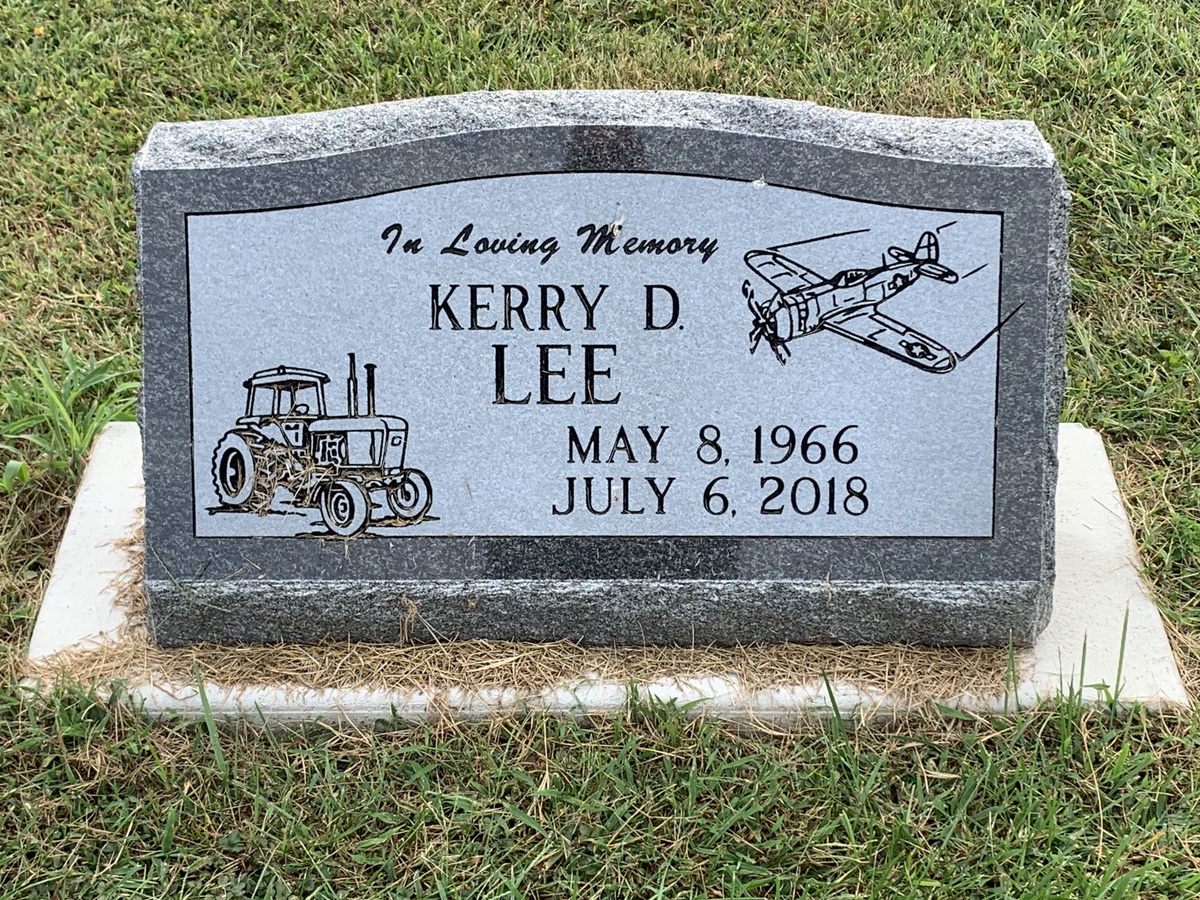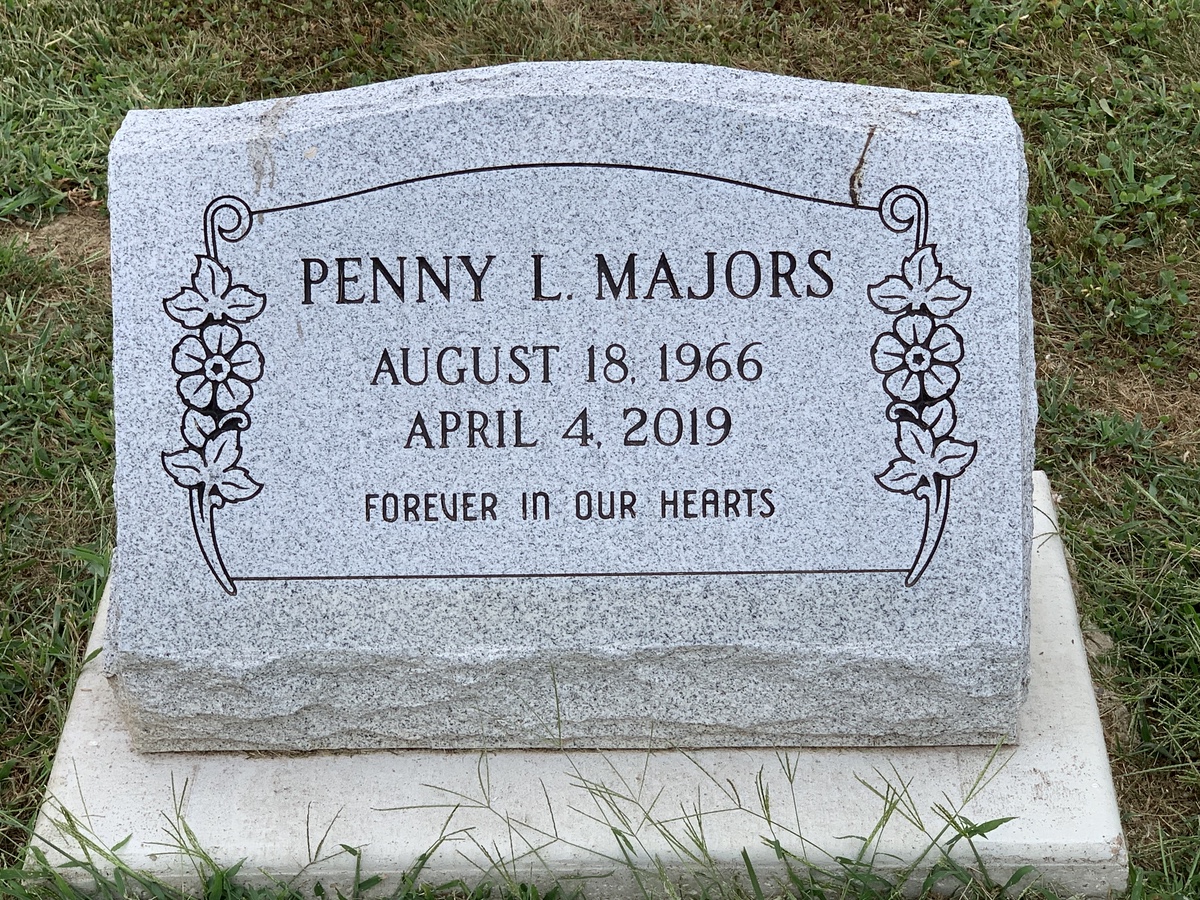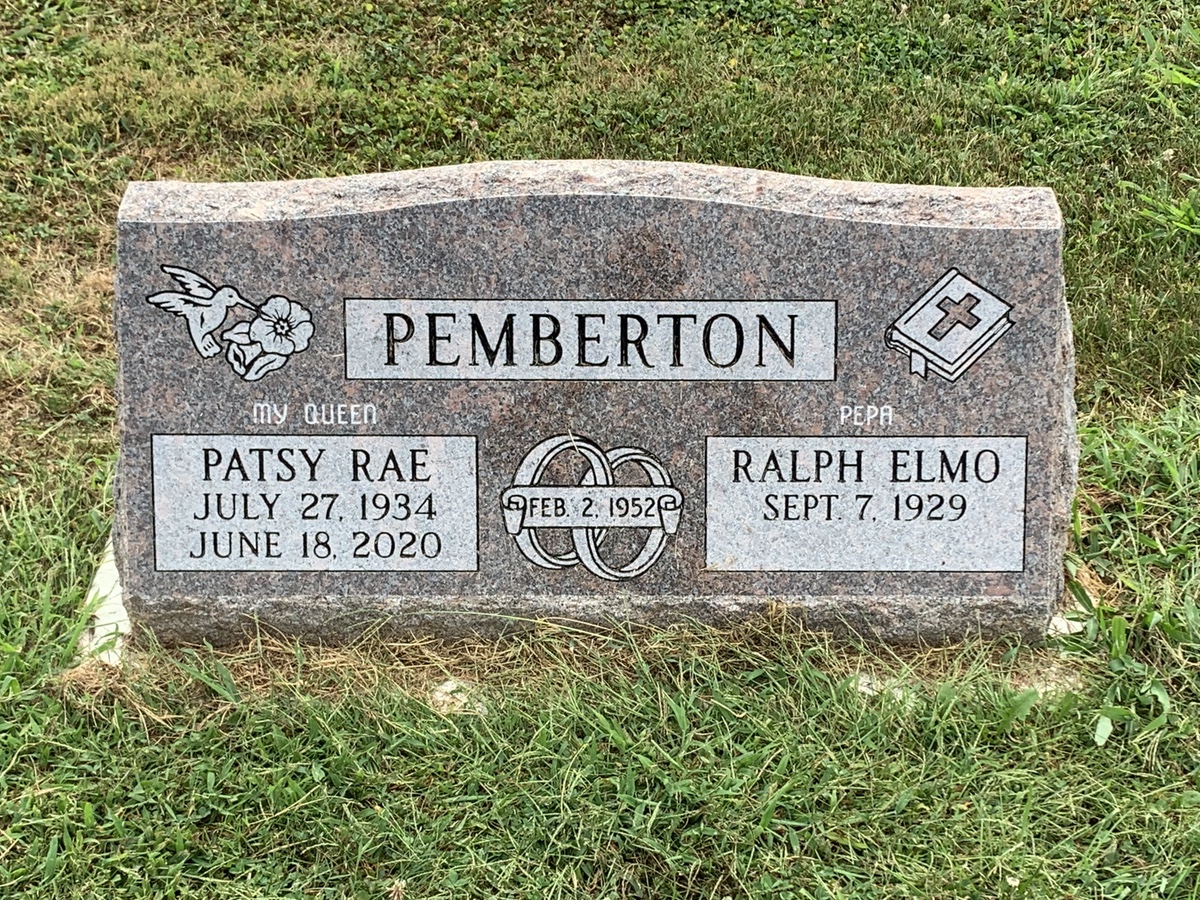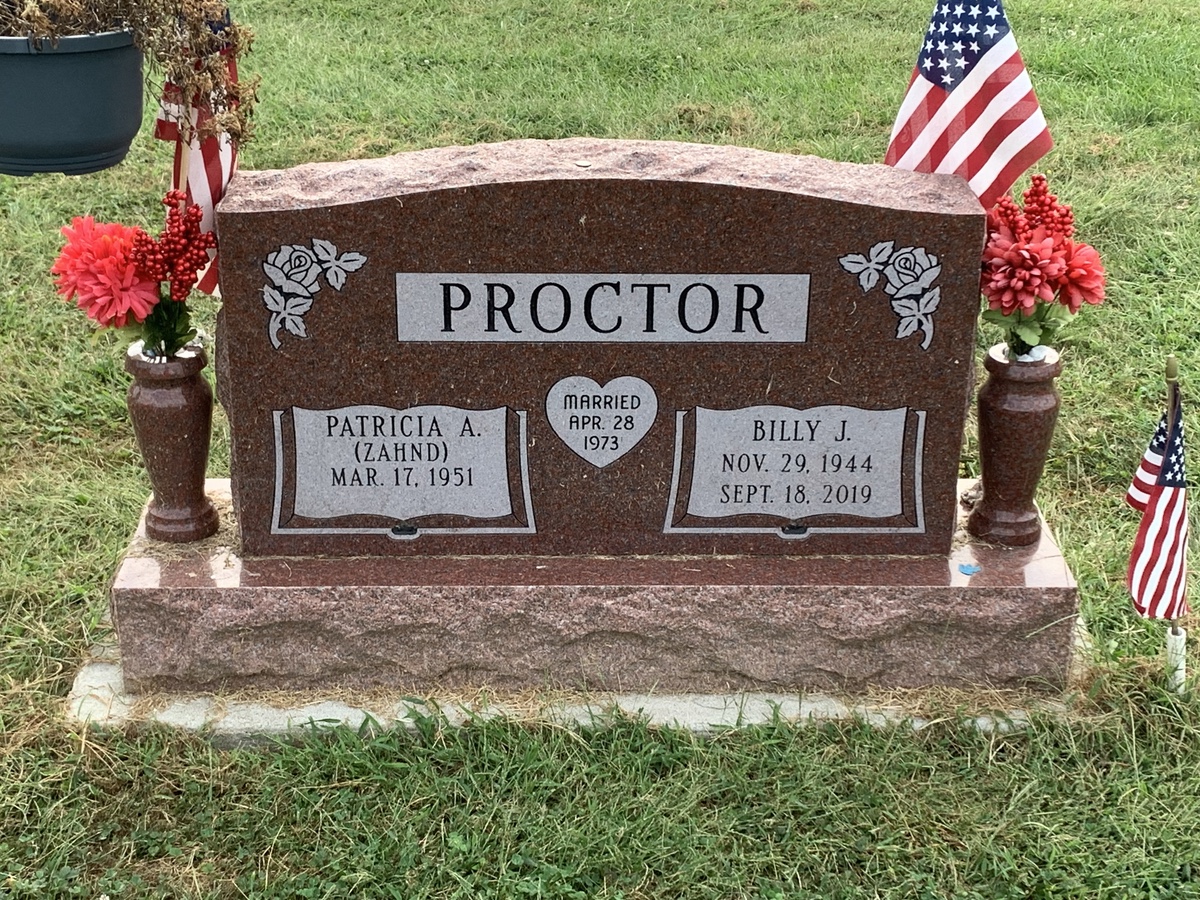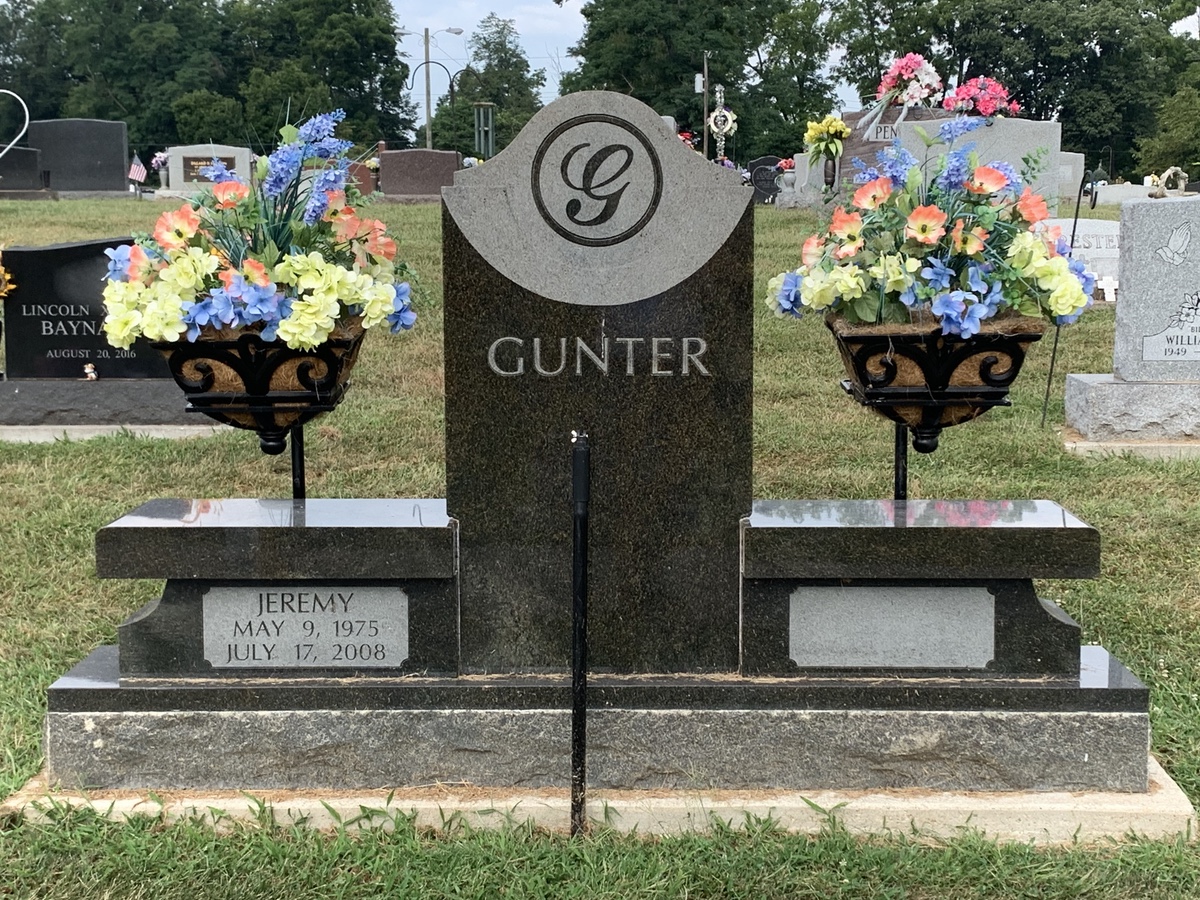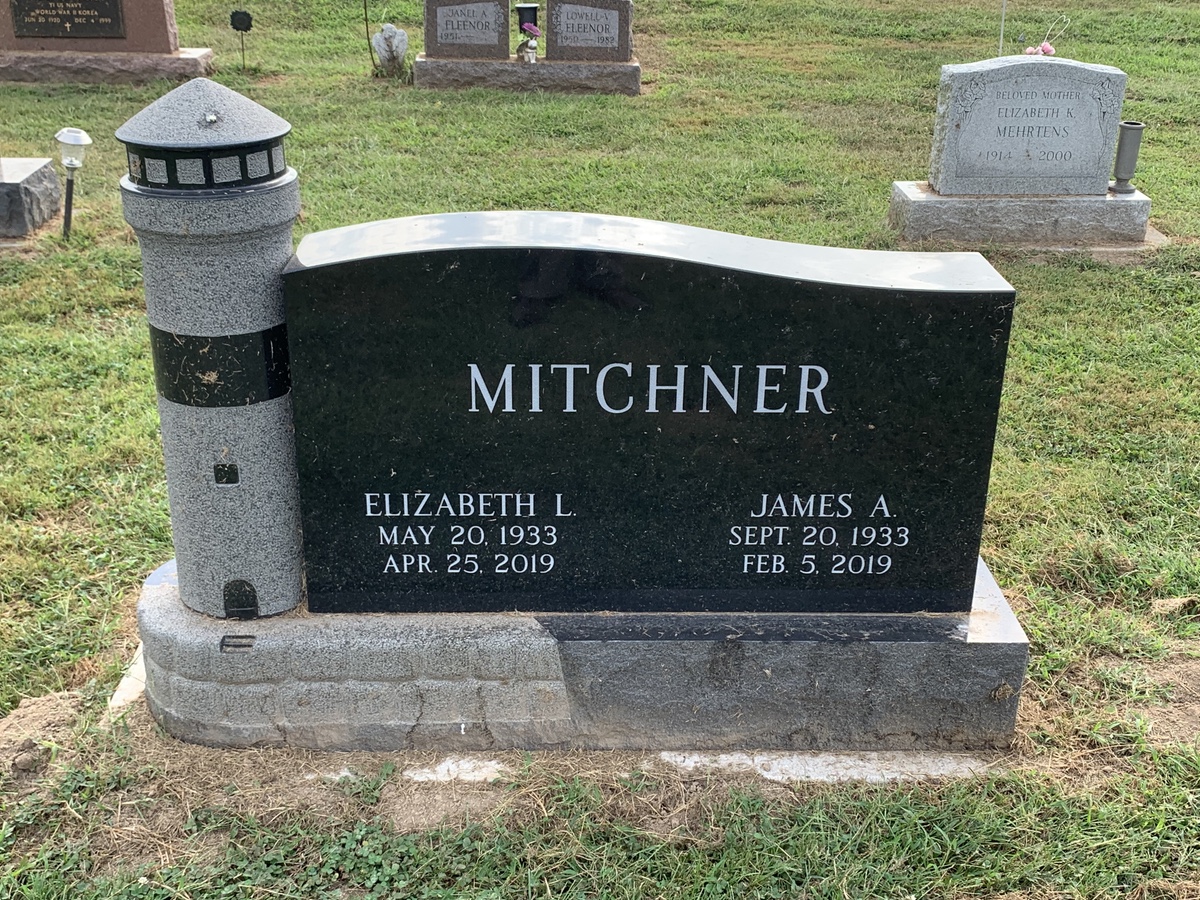Long after the funeral is over, a permanent marker or monument can provide family and friends with a dedicated place to continue their healing journey. The grieving process doesn’t end when the funeral does. Oftentimes, services are just the first steps to healing and recovery.
A cemetery marker or monument allows you to visit and feel connected to your loved one. It provides a quiet space for reflection and peace. It can also serve as a space to commemorate important occasions, and can help make it easier to cope on meaningful dates such as birthdays or anniversaries. As the years pass, it can become a link to the past for younger generations who may not have had the opportunity to meet the departed loved one during their lifetime.
Markers and monuments come in a variety of sizes, materials, colors and shapes.
Flat and Bevel Markers
Flat markers are rectangular in shape and sit flush against the ground. They are usually small, but can be made wider as companion pieces listing two names and dates. They typically have room for a small piece of artwork. A flat marker is the most economical choice of memorial. Bevel markers, sometimes called pillow markers, are slightly elevated in a wedge shape, with the back being higher than the front. This allows better visibility in the cemetery.
Slant Markers
A slant marker is smaller than an upright monument, but is more easily visible in the cemetery than a flat or bevel marker. It is a wedge shape cut at a steep angle and placed on a cement foundation. A slant marker can be larger in size than a flat or bevel marker, with more room for artwork. It can be made as a companion marker.
Upright Monuments
An upright monument is taller than the bevel or slant marker. The most common shape is rectangular, but it could also be square or in a special carved shape such as a cross, heart, teardrop, bench or a variety of other designs. Many families choose an upright monument as a companion marker, since it offers the most space for personalization of artwork or thoughtful wording.
Special Shape Monuments
Imagination and budget are the only limits on the creative design of a monument. Because the stone used to create the monument can be carved, the shape is virtually unlimited. The most common special shapes are hearts, crosses, or teardrops. Monuments can also be shaped like benches, or carved to look more jagged like rock. The stone may be carved to include a sculptural element such as an angel or tree. Due to the complexity of special shapes, these are generally a premium upright monument, but they are often the most beautiful
Frequently Asked Questions
What is the difference between a marker and a monument?
A marker sits flush with the ground or slightly elevated off the ground. We offer flat markers which are completely flush, or bevel markers, sometimes called pillow markers, which are lightly slanted. We also have larger slanted markers. A monument is wider and taller. We offer a variety of upright monuments as well as specially shaped monuments. Special shapes include teardrop, crosses, hearts, benches, and many other custom options.
What design options are available?
Every monument we create is unique. Beyond the style of your memorial, you can choose from stone shades of gray, black, pink, red, brown, blue and green granite. Memorials can include artwork or symbols that are meaningful to you, or porcelain or laser-etched photos. We have a sample yard of monuments at our facility as well as pictures of monuments we have created. We know there are a lot of options, and we’ll walk you through them. We use a state-of-the-art computer program to create your design with you in our office, so you’ll leave knowing exactly what your memorial will look like.
Why should I purchase a marker or monument?
A marker or monument does more than identify a final resting place. It provides a space for family and friends to pay respect, grieve, and remember their loved one for years to come. It can become a sacred space to gather on holidays and special occasions. A carefully crafted memorial lasts for generations, allowing future family members to find a record of their genealogy. Cemeteries play an important role in the history of our community and allow us to honor those who have gone before us.



